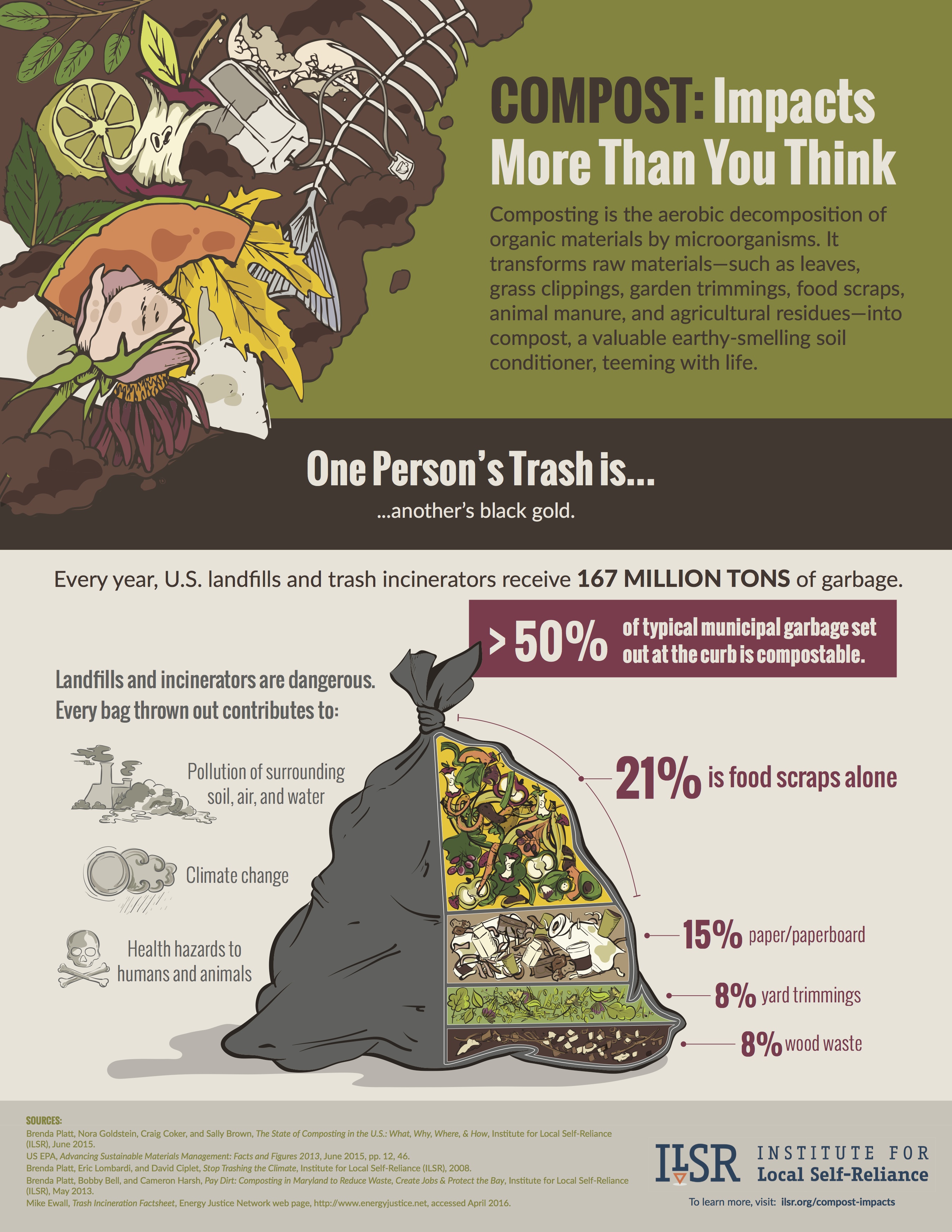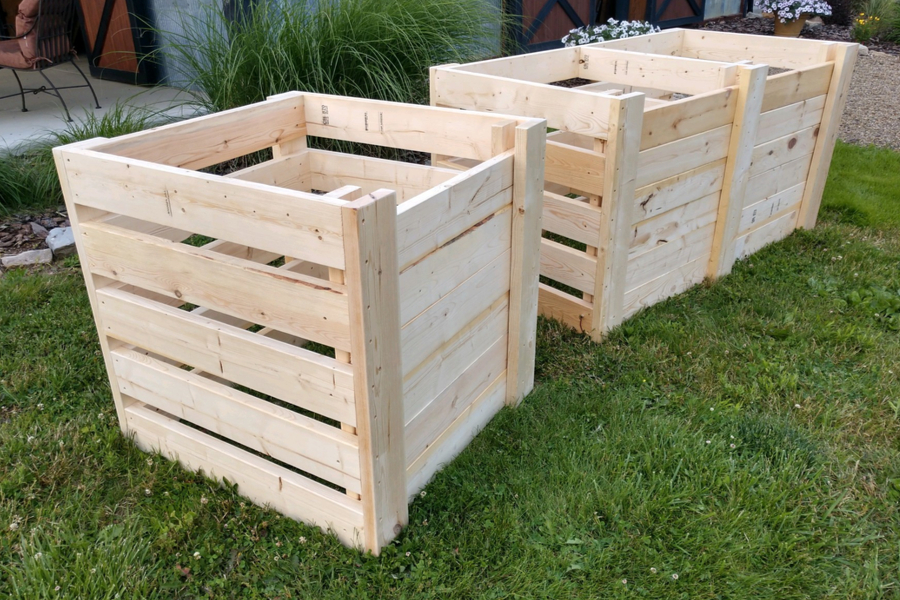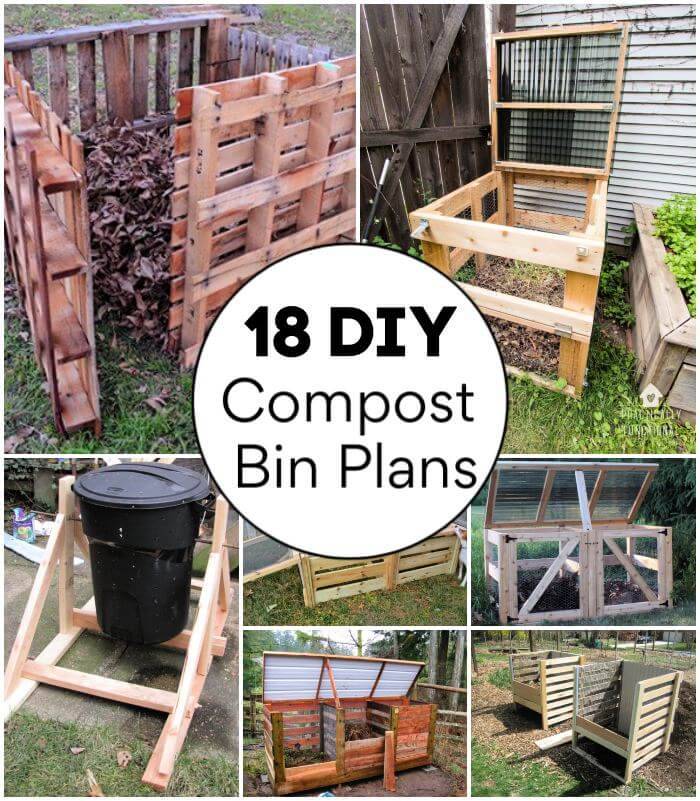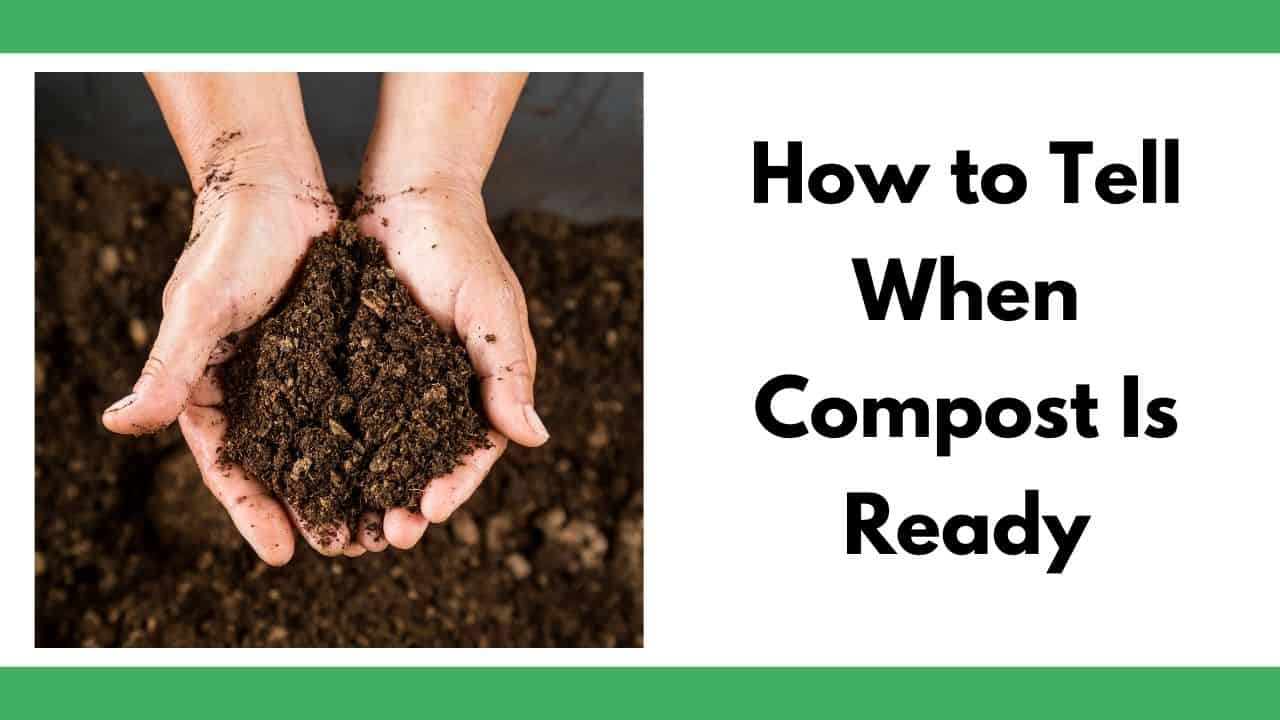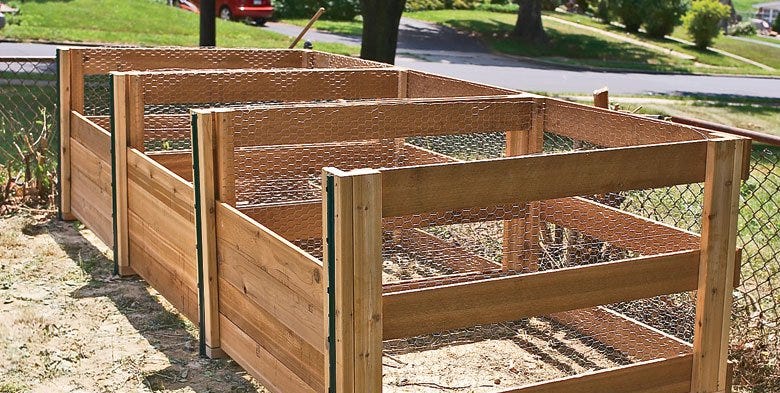Why Composting Matters: The Benefits of Recycling Organic Waste
Composting is a crucial step towards reducing waste, creating nutrient-rich soil, and mitigating climate change. By learning how to build a compost bin, individuals can divert organic materials from landfills, where they produce methane, a potent greenhouse gas. Instead, these materials can be transformed into a valuable resource for gardening and agriculture. Composting also helps to conserve water, reduce the need for synthetic fertilizers, and support biodiversity. With the increasing awareness of environmental issues, composting has become a vital practice for individuals, communities, and governments alike. By adopting this simple yet effective technique, we can significantly reduce our environmental footprint and create a more sustainable future.
Choosing the Right Materials: Selecting the Perfect Compost Bin Design
When it comes to building a compost bin, selecting the right materials is crucial for optimal decomposition and ease of use. There are several compost bin designs to choose from, each with its own advantages and disadvantages. Wooden pallets, for instance, are a popular choice due to their affordability and ease of assembly. They can be sourced from local businesses or online, and can be easily disassembled and reused. Wire mesh bins, on the other hand, provide excellent aeration and are ideal for small spaces. Plastic bins are another option, offering a tidy and compact solution for urban composting. When deciding on a compost bin design, consider factors such as space constraints, budget, and personal preference. By choosing the right materials, individuals can create a functional and efficient compost bin that meets their specific needs. For those looking to learn how to build a compost bin, selecting the right materials is the first step towards successful composting.
How to Build a Compost Bin: A Step-by-Step Guide
Building a compost bin is a straightforward process that requires some planning and preparation. To get started, gather the necessary materials, such as wooden pallets, wire mesh, or plastic bins, depending on the design you’ve chosen. For a wooden pallet compost bin, begin by disassembling the pallets and cutting them into manageable pieces. Assemble the frame by attaching the pallet pieces together using screws or nails. Add aeration by drilling holes in the sides and bottom of the bin. Next, incorporate drainage by adding a layer of gravel or broken pottery at the bottom of the bin. For wire mesh bins, simply cut the mesh to size and shape, and attach it to a wooden or metal frame. Plastic bins require minimal assembly, but may need additional aeration and drainage features. Regardless of the design, make sure the bin is at least 3x3x3 feet in size to allow for adequate decomposition. By following these steps, individuals can learn how to build a compost bin that meets their specific needs and starts them on the path to successful composting.
Adding the Right Ingredients: What to Compost and What to Avoid
When it comes to building a successful compost bin, the right ingredients are crucial. Composting is all about balancing “green” and “brown” materials to create a nutrient-rich soil amendment. Green materials, such as food scraps, grass clippings, and fresh leaves, are high in nitrogen and provide energy for the decomposition process. Brown materials, like dried leaves, straw, and shredded newspaper, are high in carbon and provide structure and aeration for the compost pile. Aim for a mix of 2/3 brown materials and 1/3 green materials to create the perfect blend. Acceptable compost ingredients include fruit and vegetable scraps, tea bags, coffee grounds, and eggshells. On the other hand, avoid adding meat, dairy, and oily foods, as they can attract pests and create unpleasant odors. Other unacceptable ingredients include pet waste, weeds with seeds, and diseased plants. By understanding what to compost and what to avoid, individuals can create a thriving compost bin that produces a valuable resource for their garden or yard. Remember, learning how to build a compost bin is just the first step – maintaining a healthy balance of ingredients is key to successful composting.
Maintaining Your Compost Bin: Tips for Optimal Decomposition
To ensure optimal decomposition and a healthy compost bin, regular maintenance is crucial. One of the most important tasks is turning the compost pile regularly. This helps to aerate the mixture, speed up decomposition, and prevent matting. Aim to turn the compost every 7-10 days, or when the pile starts to smell or becomes too wet. Monitoring moisture levels is also essential, as a compost pile that is too dry will not break down efficiently. Add water as needed to maintain a consistency like a damp sponge. Controlling pests is another key aspect of compost bin maintenance. Common pests include rodents, flies, and ants, which can be deterred by adding a layer of finished compost or soil to the top of the pile. Additionally, consider adding a lid or tarp to the compost bin to retain heat and prevent pests from entering. By following these simple tips, individuals can maintain a healthy compost bin and ensure that their waste is transformed into a valuable resource for their garden or yard. Remember, learning how to build a compost bin is just the first step – regular maintenance is key to successful composting.
Common Mistakes to Avoid: Troubleshooting Your Compost Bin
While building a compost bin is a great step towards reducing waste and creating nutrient-rich soil, common mistakes can lead to compost bin failures. One of the most common mistakes is overloading the compost bin with too many “green” materials, such as food scraps and grass clippings. This can lead to a soggy, anaerobic environment that is prone to pests and unpleasant odors. To avoid this, ensure that the compost bin has a balanced mix of “green” and “brown” materials, such as dried leaves and straw. Another common mistake is under-turning the compost pile, which can lead to matting and slow decomposition. Regular turning, ideally every 7-10 days, can help to aerate the mixture and speed up decomposition. Inadequate aeration is another common issue, which can be solved by adding aeration tubes or turning the compost pile regularly. By being aware of these common mistakes and taking steps to avoid them, individuals can troubleshoot their compost bin and ensure that it remains a healthy and productive environment for decomposition. Remember, learning how to build a compost bin is just the first step – maintaining a healthy compost bin requires ongoing attention and care.
Harvesting Your Compost: When and How to Use Your Finished Product
After weeks of careful maintenance and monitoring, the moment of truth finally arrives – your compost is ready to use But how do you know when it’s ready, and what’s the best way to incorporate it into your garden or yard? The first step is to check the compost’s texture and smell. Finished compost should be dark and crumbly, with an earthy aroma. If it still has a strong odor or visible pieces of organic matter, it’s not yet ready. Once you’ve confirmed that your compost is ready, it’s time to put it to use. One of the most effective ways to use compost is as a soil amendment, mixing it into the soil before planting to improve its structure and fertility. You can also use compost as a mulch, spreading it around plants to retain moisture and suppress weeds. For those who have learned how to build a compost bin, the reward is a nutrient-rich soil amendment that can help to create a thriving and sustainable garden or yard. By following these simple tips, individuals can make the most of their finished compost and enjoy the many benefits of composting.
Getting Creative: Upcycling and Repurposing Compost Bin Materials
When learning how to build a compost bin, individuals often focus on the functional aspects of the process. However, with a little creativity, compost bin materials can be upcycled or repurposed into unique and useful items for the garden or yard. For example, old pallets can be transformed into planters, adding a touch of rustic charm to any outdoor space. Simply disassemble the pallet, add some drainage holes, and fill with a mixture of soil and compost. Wire mesh, often used in compost bin designs, can be repurposed as a trellis for climbing plants or as a protective barrier for young seedlings. Even plastic bins can be given new life as self-watering planters or as a storage container for gardening tools. By thinking outside the box, individuals can reduce waste and create functional, eco-friendly items for their garden or yard. This creative approach to composting not only reduces waste but also adds a touch of personality to outdoor spaces. So, the next time you’re building a compost bin, consider how you can upcycle or repurpose the materials to create something truly unique and functional.
